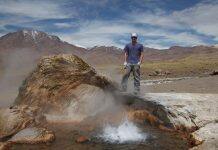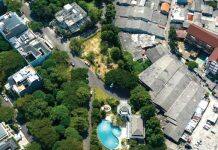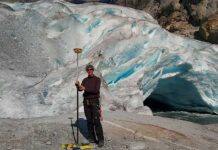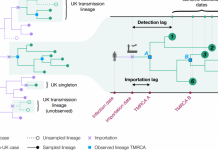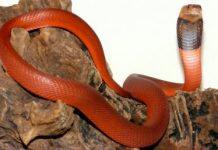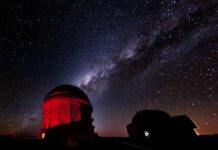Diamonds are a cell’s best friend
Scientists have used tiny diamonds, or nanodiamonds, to measure heat transfer inside living cells, potentially leading to new diagnostic tools and therapies for cancer.
Next generation of musicians to benefit as UCC receives €2m bequest
Generations of musical talent from Seán Ó Riada to Ann Cleare have learned their trade at University College Cork - and now future cohorts of musicians will benefit...
Machine learning tool gives early warning of cardiac issues in COVID-19 patients
New algorithm could warn doctors in advance of cardiac arrest or blood clots in hospitalized COVID-19 patients
Manage mental health early for better overall health and longer life: study
A collaboration between the University of Auckland, the University of Michigan and Duke University in the US, the study investigated 50 years of births in New Zealand and followed them for 30 years.
University of Macau kicks off celebration for 40th anniversary
The University of Macau (UM) today (17 January) held an opening ceremony to kick off the celebration for its 40th anniversary.
COVID-19 transmission chains in the UK accurately traced using genomic epidemiology
Their analysis draws on >50k virus genome sequences – 26k of which were gathered through the COVID-19 Genomics UK (COG-UK) consortium
Snakes evolve a magnetic way to be resistant to venom
Certain snakes have evolved a unique genetic trick to avoid being eaten by venomous snakes, according to University of Queensland research.
Are partially protected areas the ‘red herrings’ of marine conservation?
Partially protected marine areas create confusion and don’t meet their broad conservation objectives, UNSW researchers have found.
Students worldwide learning science thanks to the University of Waikato
Making science lessons relevant, engaging, and real in a busy and ever-changing world can be a challenge. But for more than 15 years, the Science Learning Hub at the University of Waikato...
Truly astronomical: over half a billion celestial objects mapped
More than 690 million celestial objects have been catalogued, photographed and are now available online for exploration by the public, thanks to an international research collaboration.



















